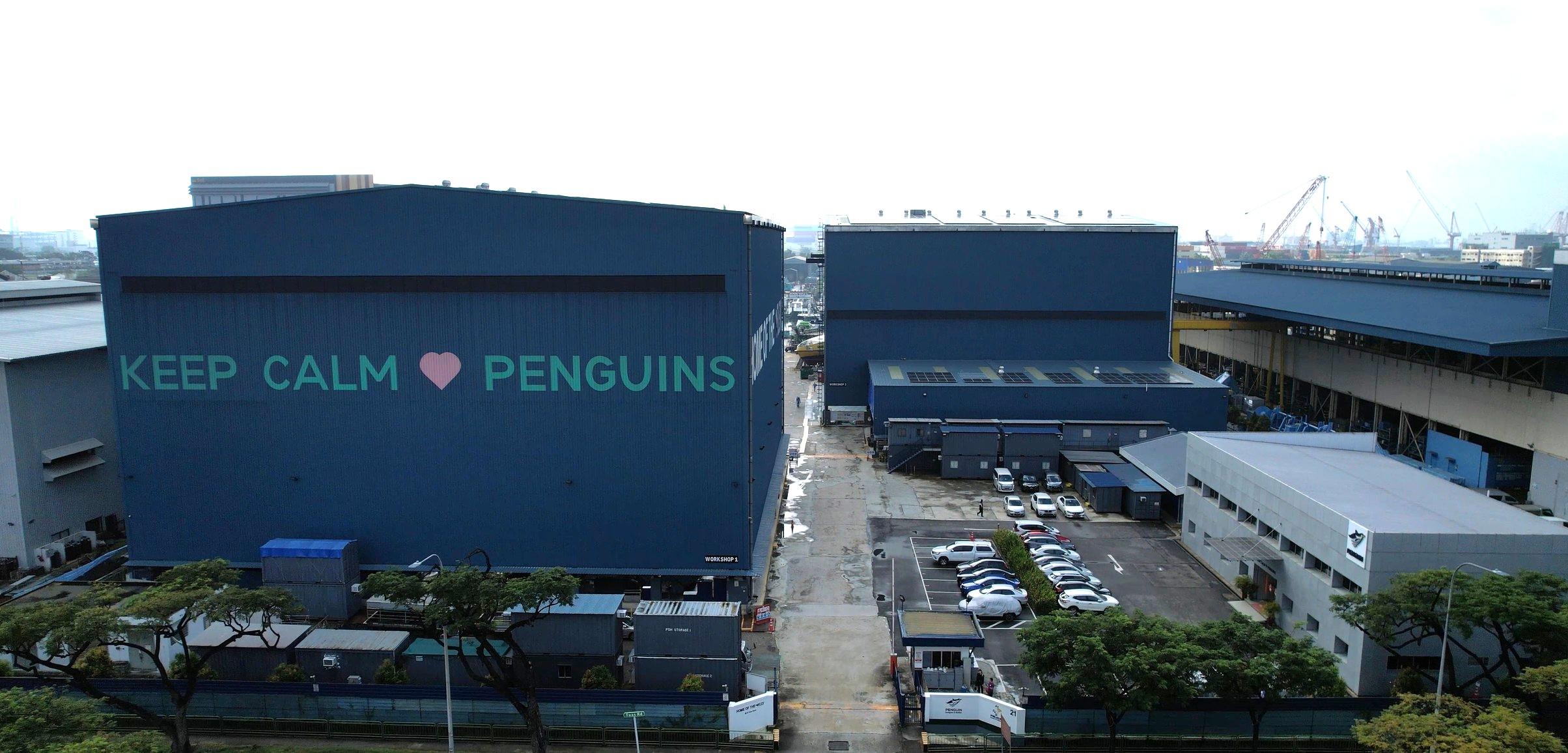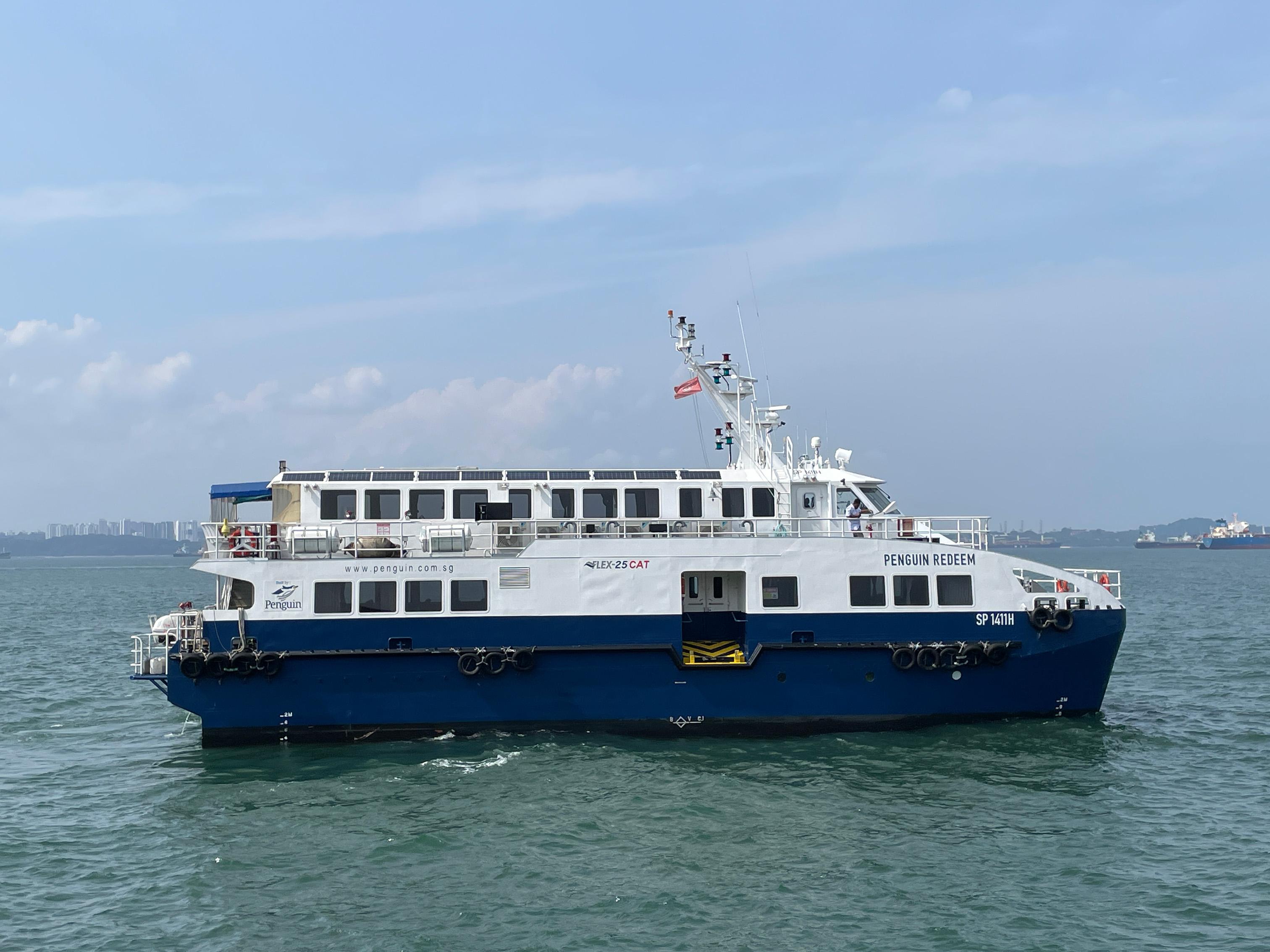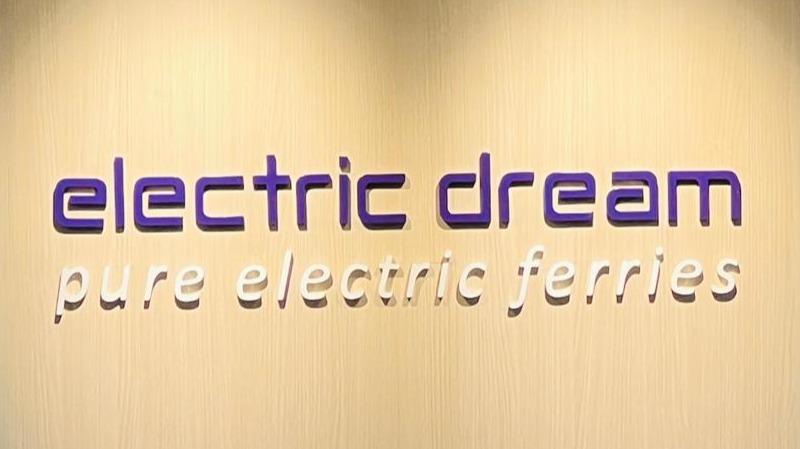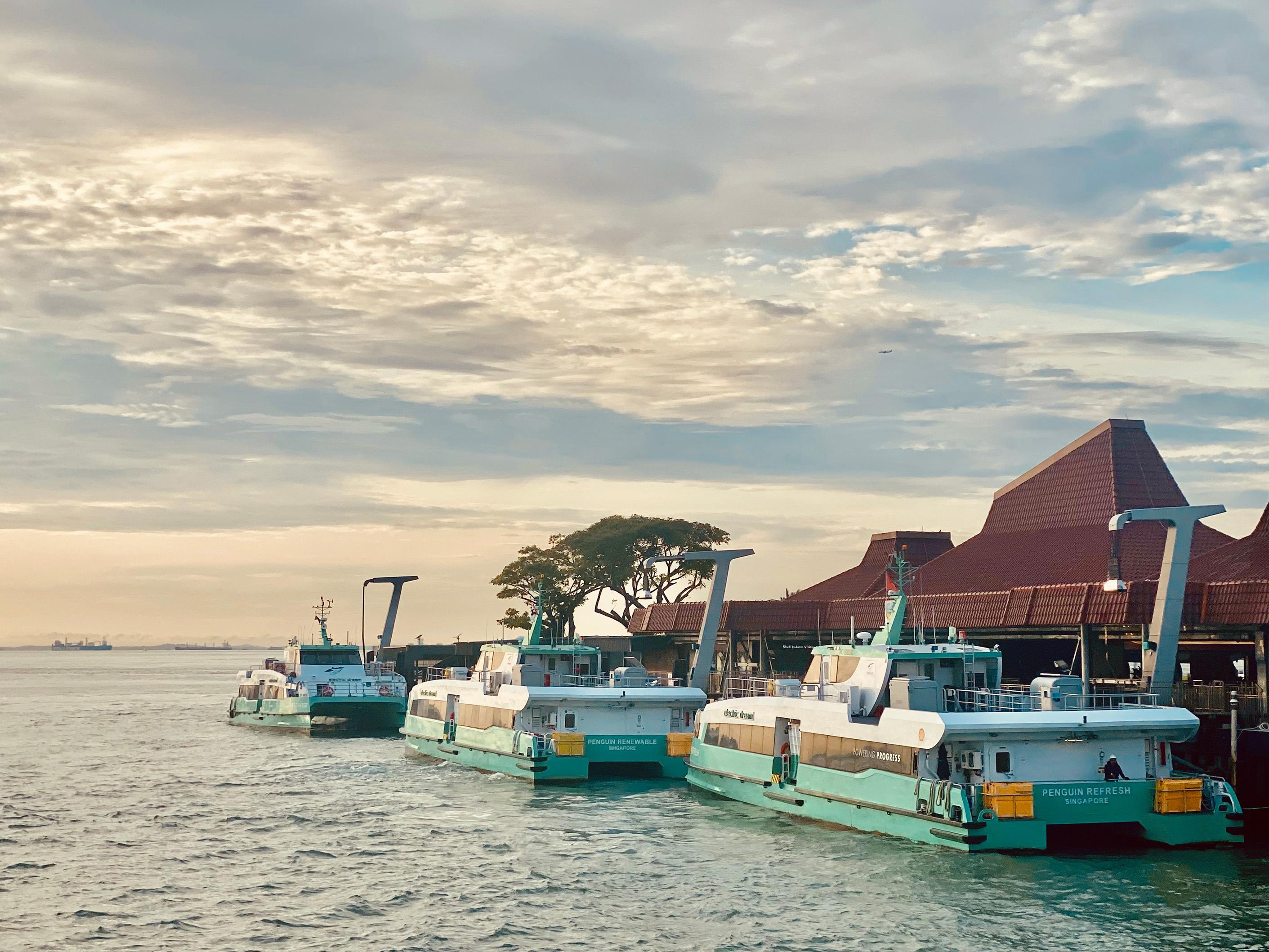- SME Sustainability Hub
- Kickstart Your Journey
- Case Studies
- Penguin International
Penguin International: Green innovation brings financial benefits and enhanced business reputation
Starting with sustainability reporting, Penguin International has since pushed further to boldly pursue green innovations. They shared how their sustainability efforts have led to tangible cost savings, higher business profits and increased business opportunities.
For Penguin International (“Penguin”), a designer, builder, owner and operator of high-speed aluminium vessels, what began as an effort to meet Singapore’s regulatory requirements became a catalyst to build a new competitive advantage through sustainability. Since then, Penguin has integrated sustainability into its business strategy and embarked on the development of innovative green solutions, leading to business growth.
Throughout Penguin’s sustainability journey, the company has learned the following key lessons:
- Sustainability reporting builds credibility with customers and provides a framework for implementing further sustainability efforts
- Business partnerships with customers / suppliers as well as management’s commitment are vital for green innovation

Penguin’s headquarters and shipyard at 21 Tuas Road at Singapore’s west end (Image: Penguin)
Compliance brings credibility and a competitive edge
Penguin published its first sustainability report in 2016, in response to new regulations introduced by the Singapore Exchange (SGX) requiring all listed companies to report their sustainability performance. To Penguin's surprise, the sustainability reporting process had far-reaching positive impacts. It enabled them to solidify their sustainability strategy and enhance their credibility with potential customers.
Top-down commitment was a key enabler in kickstarting the sustainability reporting process. James Tham, the Managing Director of Penguin, shared that: “As a leader, it is essential to embrace regulatory requirements rather than complain about them, as your attitude sets the tone for the entire organisation. It was also important to explain why we were doing it to build the momentum with our staff.”

Mr. James Tham, Managing Director, Penguin International Limited (Image: Penguin)
The execution of emission data management and sustainability reporting was a collaborative effort, involving both internal and external parties. Penguin appointed dedicated personnel to coordinate and ensure the accuracy of data collection across different divisions and sent them to carbon accounting courses to expand their capabilities. Externally, they received financial support for their inaugural sustainability report through the Co-Funding Initiative for Sustainability Reports for SGX-listed Maritime Companies, provided by the Maritime and Port Authority of Singapore (MPA), enabling them to hire a consultant. The consultant was invaluable in supporting Penguin’s efforts to complete the reporting process and, through data templates and reporting frameworks, lay the groundwork for subsequent reporting years.
Reflecting on this process, Tham explained that “engaging with the reporting process helped frame our thinking and identify how sustainability initiatives fit within our business strategy.” It also better positioned Penguin to meet customers’ changing needs for vendors that passed certain sustainability requirements. “Some MNC [multinational companies] customers would assess your financial and sustainability reports before awarding a project,” Tham explained. “A prospective key client read our sustainability report and asked many questions about our reporting processes, which we were able to address effectively.” Ultimately, Penguin’s commitment to sustainability reporting turned a regulatory requirement into a competitive advantage.
Achieving cost savings and resource optimisation through sustainability
Since releasing its first report, Penguin has continued to find new ways to innovate, including successfully optimising and decarbonising its existing fleets. In 2016, the company retrofitted a conventional ferry named Penguin Redeem into a hybrid solar passenger ferry which utilises solar energy generated and stored during the day to power the vessel overnight. This simple and modest retrofit enabled Penguin Redeem to reduce diesel consumption by about 100 litres per night and reduce CO₂ emissions by about 300 kg over the same period.
However, executing this project was challenging. Teams underwent multiple rounds of testing to ensure that the weight and type of solar panels were compatible with the ship structures. Existing equipment also had to be modified to support direct current (DC) from the solar panels, instead of the alternating current (AC) that powers most equipment onboard conventional ships. Despite these hurdles, the savings in diesel costs resulted in a payback within two years.

Penguin Redeem, retrofitted with solar panels and batteries, uses harvested solar energy for the crew when berthed overnight. (Image: Penguin)
After the success of Penguin Redeem in 2016, Penguin designed and built Singapore's first hybrid-electric seagoing ship, Penguin Tenaga, which is a pilot boat owned and operated by Penguin as part of its Shell Bukom marine fleet.
Building on their carefully calibrated decarbonisation projects between 2016 and 2020, Penguin in 2021 formed a consortium with Incat Crowther UK, Razor Blunt Labs, Gema Engineering, Danfoss and Zinus to jointly develop a fleet of three pure electric passenger ferries and DC and AC shore charging infrastructure, with Shell Bukom serving as the guaranteed offtaker of the ferries and supplier of the shore power required to recharge the ferries. This maritime electrification project, named the Electric Dream project, was the first of its kind in Singapore and for Shell globally.

Penguin dubbed this project Electric Dream to convey its own aspirations for sustainability. (Image: Penguin)
Through this project, the country’s first electric ferry, Penguin Refresh, set sail in May 2023. Each Electric Dream ferry - by replacing diesel with electricity - eliminates around 2,000 tonnes of CO₂ annually from the atmosphere and reduces Shell's energy cost substantially.
In designing and operating its first fully electric ferries, Penguin faced many hurdles. One problem was the lack of necessary charging infrastructure to power the ferries regularly enough to meet the demands of transporting some 3,000 commuters every morning and every evening between Pasir Panjang and Pulau Bukom. Working with Shell and the Electric Dream consortium partners, however, Penguin was able to design, build and install both DC rapid chargers and AC conventional chargers on Pulau Bukom. This collaboration among companies of various sizes was instrumental in overcoming the infrastructural hurdles posed by the need for rapid charging during daily operations, thus enabling the realisation of Penguin's Electric Dream. It also highlights the value of corporate partnerships between big and small outfits in realising a company’s own sustainability aspirations.

Penguin's Electric Dream is a project for Shell Bukom, featuring three electric ferries and six shore chargers. (Image: Penguin)
In executing this project, Penguin shared that their earlier ventures in developing hybrid and hybrid-solar vessels were essential in preparing the teams to take on this profound technical challenge, one which required new skills and expertise.
An important piece to the success of sustainable innovation was the company's commitment to improve and decarbonise its business, a mindset that stems from the early days of its first sustainability reporting exercise. The company also invested into R&D early, which Tham emphasised is essential to seize value when opportunity arises.
Enhanced reputation and new opportunities
The successful launch of all three Electric Dream ferries and shore chargers in January 2024 has since generated even more positive energy for Penguin. “Existing customers see us differently,” Tham noted, “and the Electric Dream project has earned us newfound recognition among our peers and customers. It has given us a lot of publicity and we have received quite a few electrification enquiries from ship owners around the world.”
Surprisingly, the company’s ambitious sustainability strategy has also attracted an increase in job applications from strong talent. These individuals are drawn to Penguin for its forward-thinking and innovative approach to sustainability. This influx of talent has further bolstered Penguin’s capabilities and positioned the company for continued success in its sustainability journey.

Penguin's progressive can-do culture continues to attract global talents from all walks of life. (Image: Penguin)
Charting a sustainable future: plans and advice for SMEs
In the future, Penguin aims to further reduce their emissions by further expanding their own fleet of hybrid-electric and pure electric vessels, while continuing to seek out new energy options and sensibly reducing their own energy consumption. Reflecting on the company’s sustainability journey, Tham stated that, all businesses—including Penguin—must begin by strengthening their internal organisational structure and building a stable foundation before chasing their sustainability dreams. Designing robust, transparent internal capabilities and reporting processes can go a long way towards generating professional credibility and opening more doors in the future for sustainable partnerships, opportunities and value.